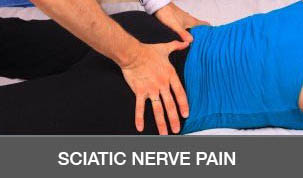Foot Pain and Spine Pain
Foot Pain and Spine Pain Related
Foot pain is one of the more common problems that people will deal with. According to healthyaging.org, more then 87% of people will have foot pain at some time in their lives. Older adults are more likely to have foot pain but it can hit at any age. Just so you know, I don’t treat most of the problems related to the foot. I don’t treat toe nail fungus, bunions, hammertoes, ingrown toe nails and the like. I do treat the joints of the foot and ankle. Your foot will generally have 26 bones, 33 different joints, and 120 muscles that all make the foot do what it does. Then we stuff all of that into a shoe that doesn’t breathe and compresses the joints. That’s just a recipe for trouble.
Foot Joints
I treat the larger joints of the foot and ankle. Pulling on toes to get them to release is a fairly simple process and I don’t need to do that for you. Adjusting the talus, the navicular, cuboid, and cuneiform bones, now that’s where I come in. Even the metatarsals all need some tuning up from time to time. When the foot is painful the joints become swollen and really difficult to move so icing the foot is a great process. I suggest either an ice bath for the feet or ice massage for individual sore spots. A lot of the adjusting I do is with the activator but I prefer to manually adjust the foot joints when possible.
Foundation for the body
If the foot and ankle joints are messed up, the knees, hips, and pelvis all will follow. When the pelvis tilts, the rest of the spine develops a curve that then effects the nervous system. Without this cascade of events, the legs and spine all become more stable and the nervous system works better.
Feet are not my cup of Tea
To be perfectly honest, feet are not my thing. I am willing to glove up and work on feet because people get so much relief and it really changes the workings of the spine. So, I’ll adjust feet for the betterment of your spine.
If you have foot pain or know of someone who is dealing with this pain, please let them know that there’s another option for getting relief. It’s one more tool for dealing with foot and leg problems.


